What is Rheology?
Rheology is the study of the flow and deformation of matter, primarily in the context of liquids and soft solids. It involves the examination of how substances respond to applied forces, such as stress or strain, and how they flow under different conditions. Rheology is present and affects our everyday lives. This knowledge is applied in various industries, including the development of materials with specific mechanical properties, the optimization of manufacturing processes, and the formulation of products like pharmaceuticals, ie, dermal fillers.
Rheology of Dermal Fillers
Dermal filler rheology refers to the study of the flow and deformation characteristics of dermal fillers. Understanding the rheology of dermal fillers is crucial in the field of aesthetic medicine because it helps practitioners assess how these materials behave once injected.
Rheological Properties of the Fillers
As Rheologist expert, Dr. Hema Sundaram, addressed in the BioScience symposium, we have to have an overall understanding of the rheological profile of dermal fillers, which includes factors such as:
- (G*): Ability of a gel to resist deformation when pressure is applied
- Viscosity: Ability of a gel to resist sheering forces
- Cohesivity: The ability of the components of the gel to stay together
By studying dermal filler rheology, practitioners can choose the most suitable products for specific aesthetic goals and injection techniques. It also helps in predicting how the filler will interact with tissues, ensuring optimal results and patient satisfaction.
Impact of Rheology of Dermal Fillers on Final Tretament
The theological properties of the dermal filler can have an enormous impact on the result of the treatment and, consequently, on the satisfaction of the patient. These are some of the reasons:
Ease of Injection
Fillers with lower viscosity are more fluid, and therefore the injection will be much smoother and more precise for placement. They are more often used for fine lines and softer and delicate areas. On the other hand, higher-viscosity fillers will provide more lift and volume. They are ideal for areas that require more structural support.
Spread and Integration
The amount of cohesiveness will impact the integration or moldability of the filler into the skin, and this overall influences how evenly the filler spreads and integrates into the surrounding tissues.
Duration of Results
The higher the G', the more resistant the filler is to deformation over time. Dermal fillers with a higher G' tend to have longer-lasting results, as they maintain their structural integrity for an extended period.
These high values also contribute to the filler's ability to hold a defined shape; making them suitable for sculpting and contouring procedures.
Risk of Complications
The stability of a filler's rheological properties can impact the risk of complications such as migration or lumpiness. A stable rheology contributes to predictable and consistent results, therefore impacting the possibility of migration of lumpiness.
HYAcorp MLF1 & HYAcorp MLF2: Higher G* Dermal Fillers
HYAcorp MLF1 & HYAcorp MLF2 are hyaluronic acid fillers belonging to the corporal line of products developed by German Lab, BioScience GmbH.
These two products have a higher G*, a highly-cross-linked body filler, and a higher particle size and HA concentration.
MLF1 is used to volumize, shape, and define the calves, concave deformities, and hands. MLF2 is perfect for adding volume and contour to the gluteal area; the biggest muscle of the body, which therefore, would need a higher elasticity, viscosity, and G* for tissue support and long-lasting results.


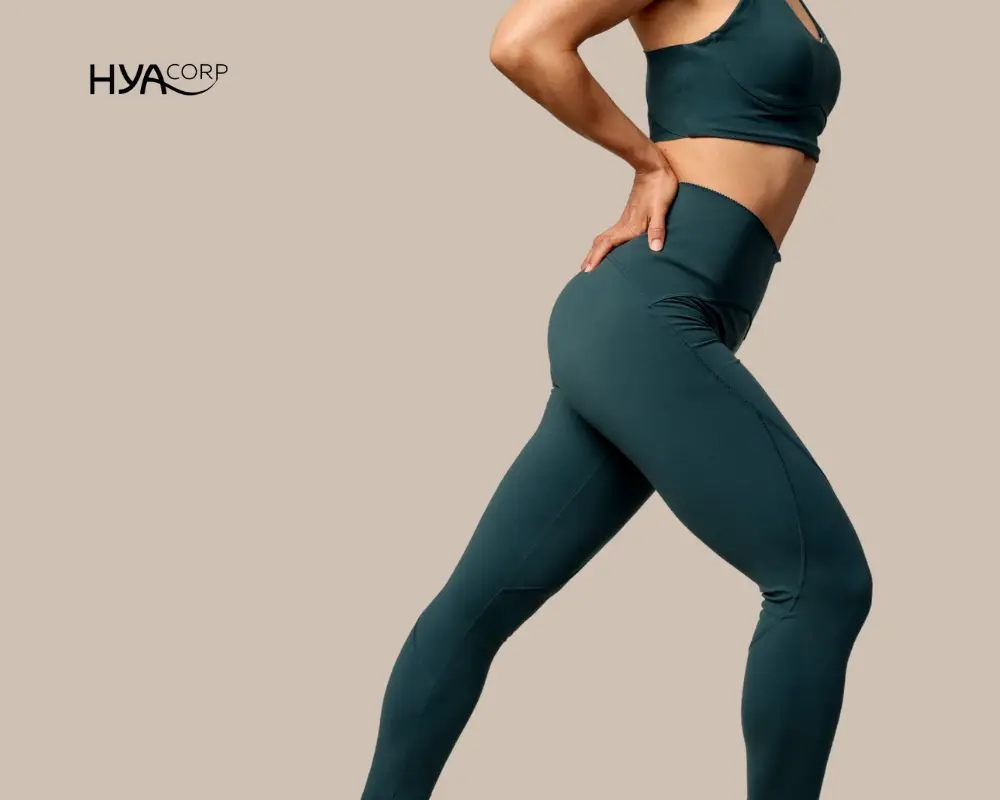
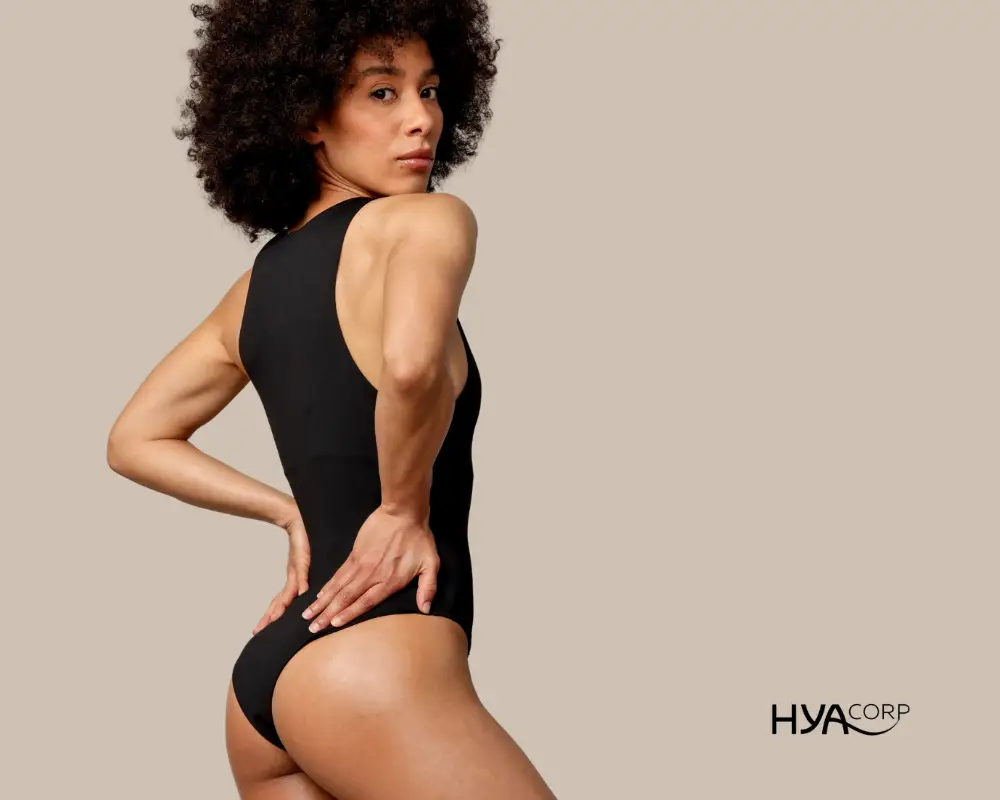
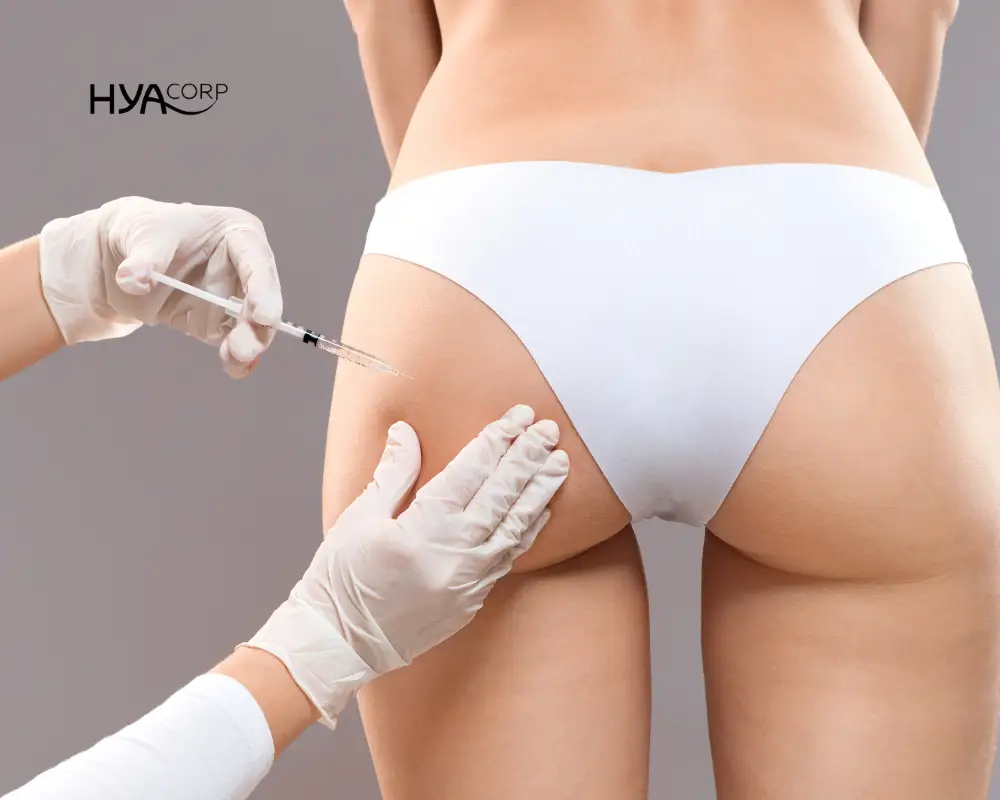
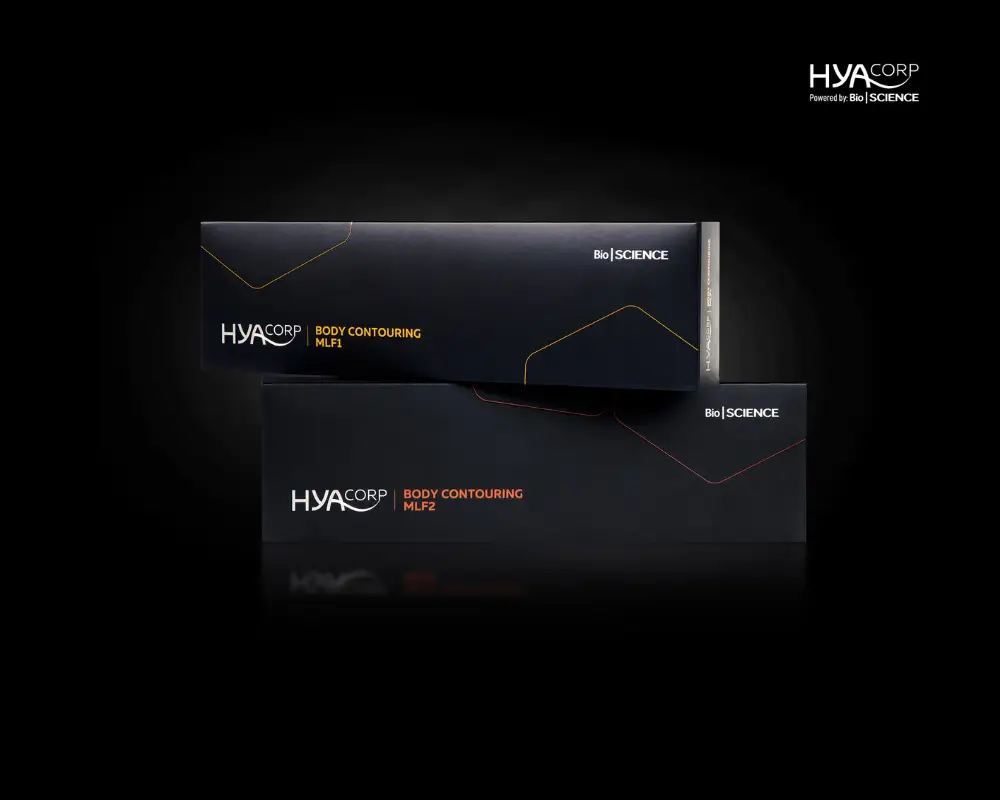
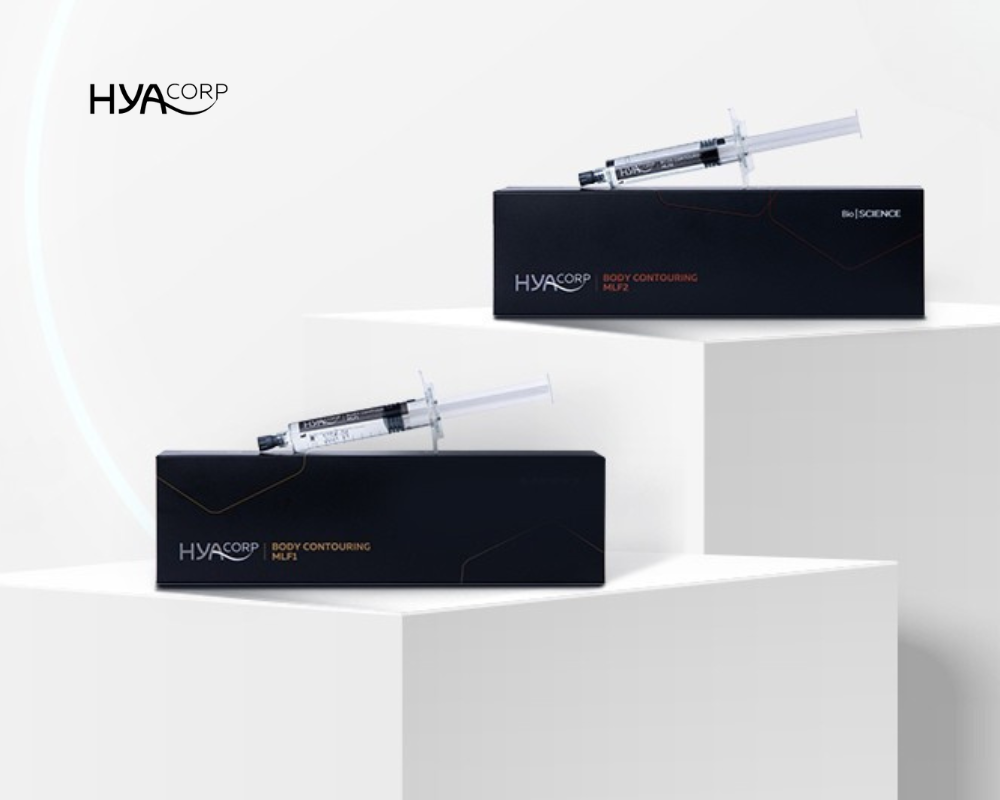
.webp)


